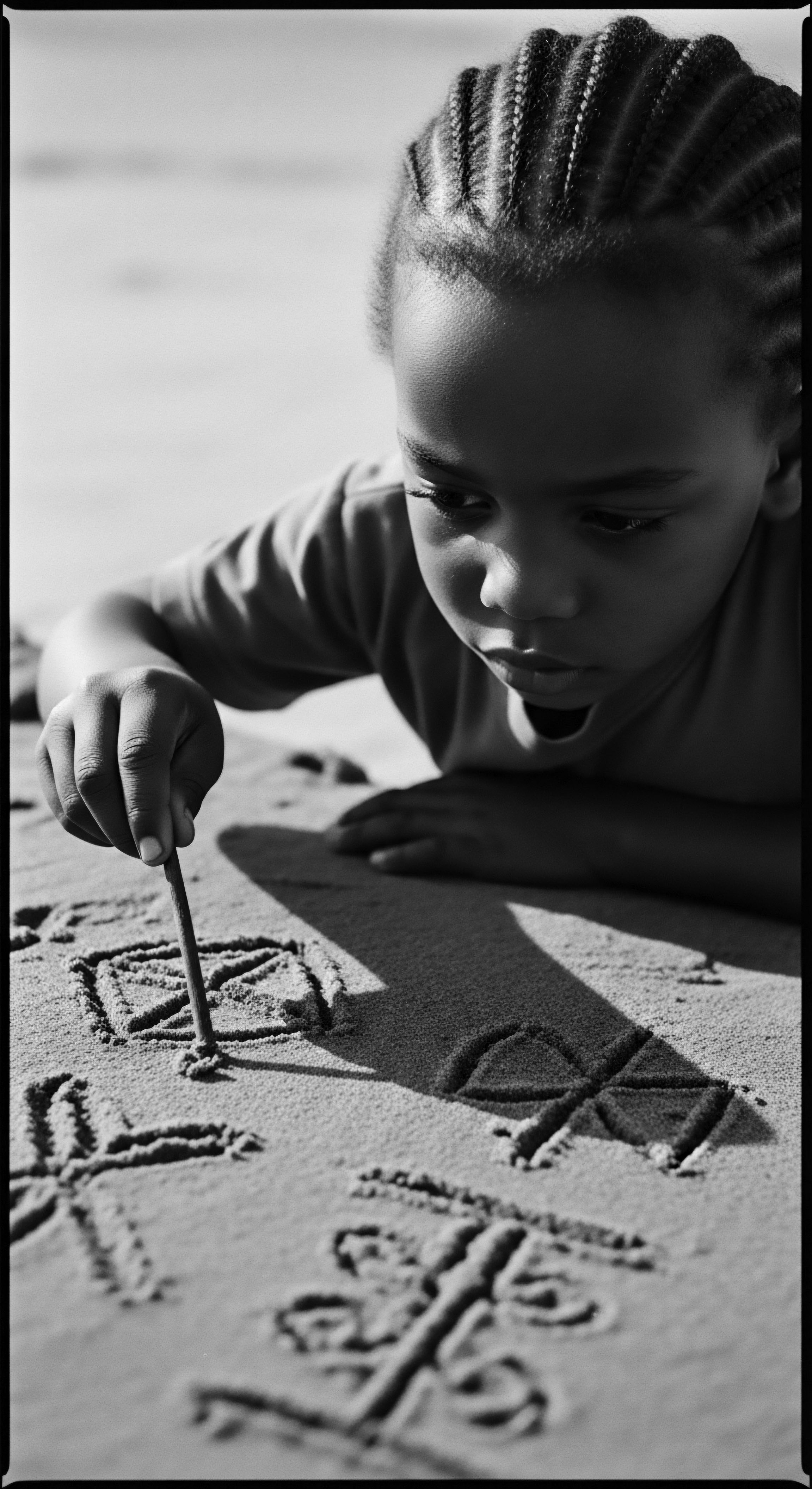
What ancient cultural practices nourished textured hair through minerals?
Ancient cultures nourished textured hair through minerals like clay, ochre, and volcanic ash, recognizing their cleansing and fortifying properties within a rich heritage of holistic care.
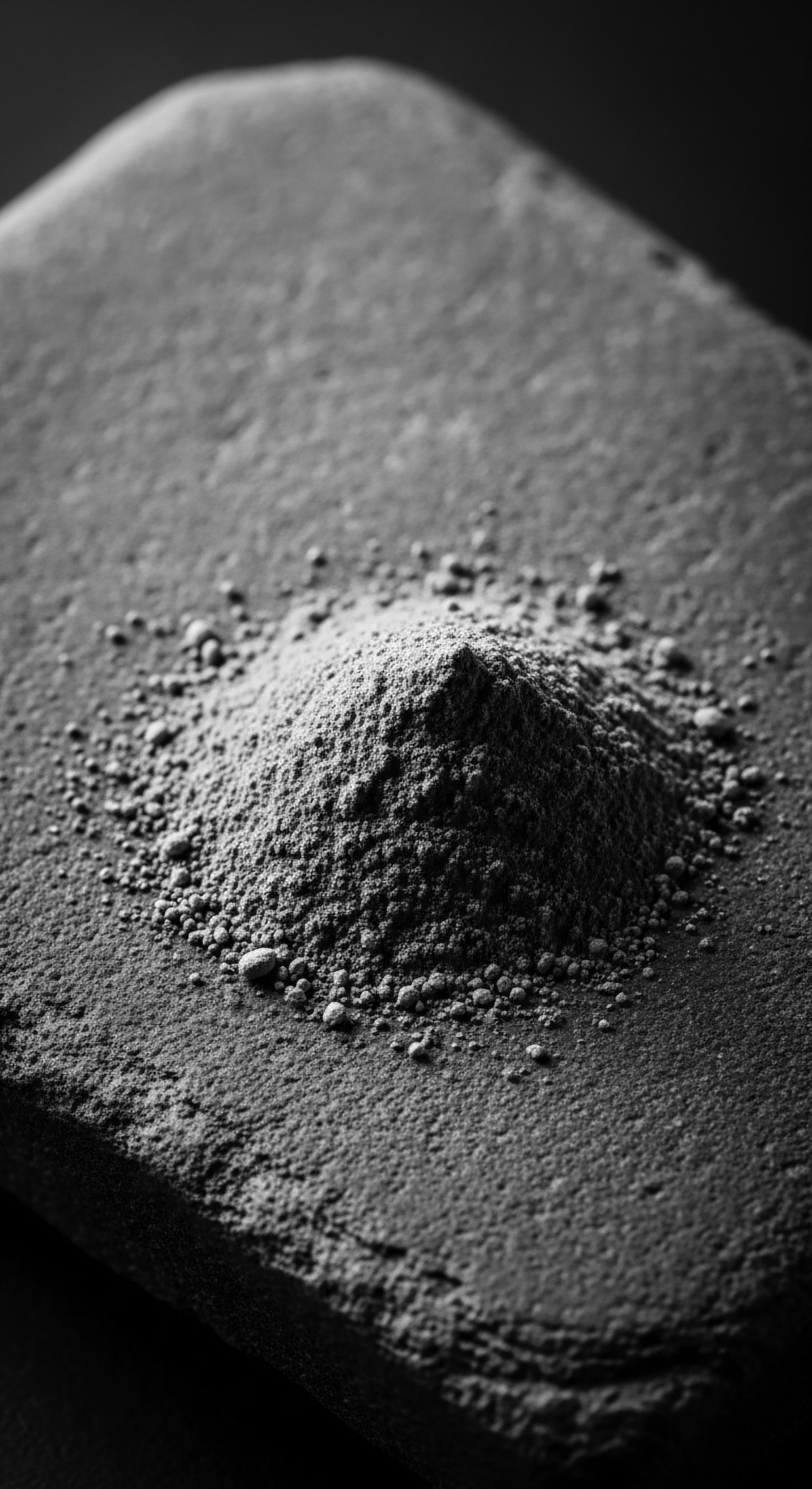
What ancestral ingredients informed early textured hair care?
Ancestral ingredients for textured hair care, sourced from indigenous plants and earths, deeply moisturized and protected strands, forging a heritage of holistic wellness.
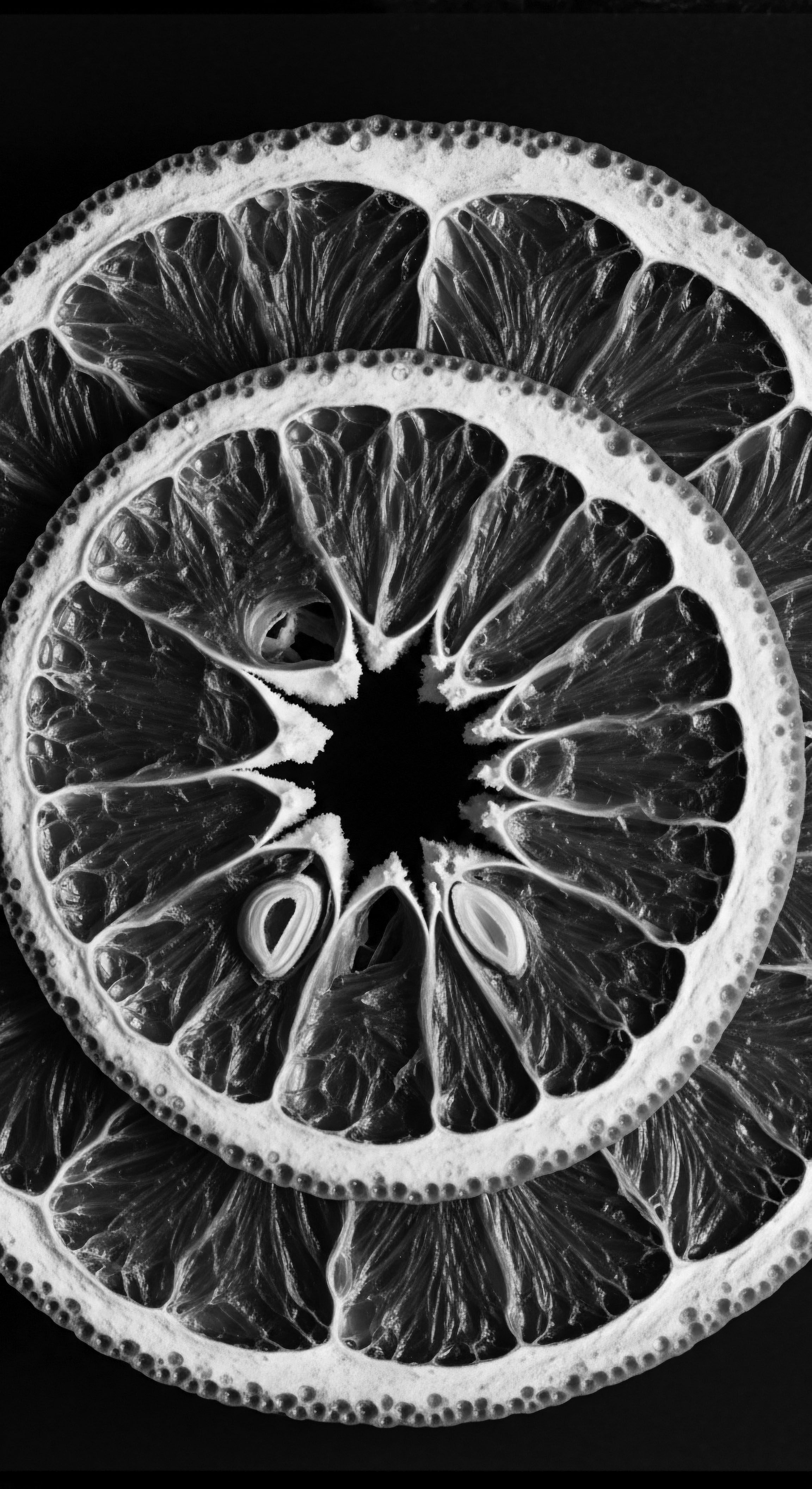
What is the heritage of plant-based hair washes globally?
Plant-based hair washes globally represent a profound heritage of natural care, deeply rooted in textured hair traditions.
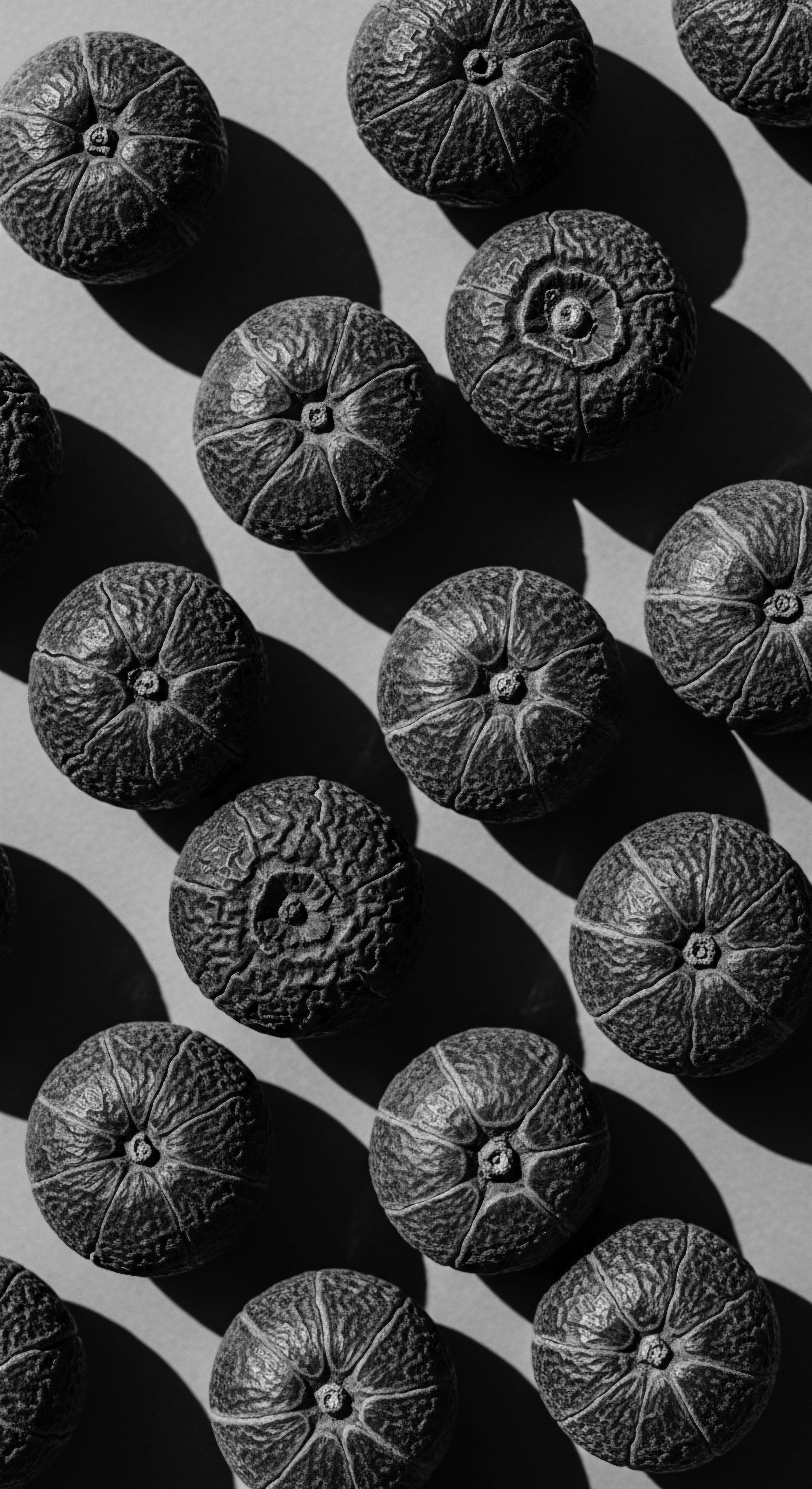
What ancestral botanical ingredients were used for textured hair?
Ancestral textured hair care utilized botanical oils, butters, clays, and herbs for nourishment, cleansing, and protection, reflecting a rich heritage.
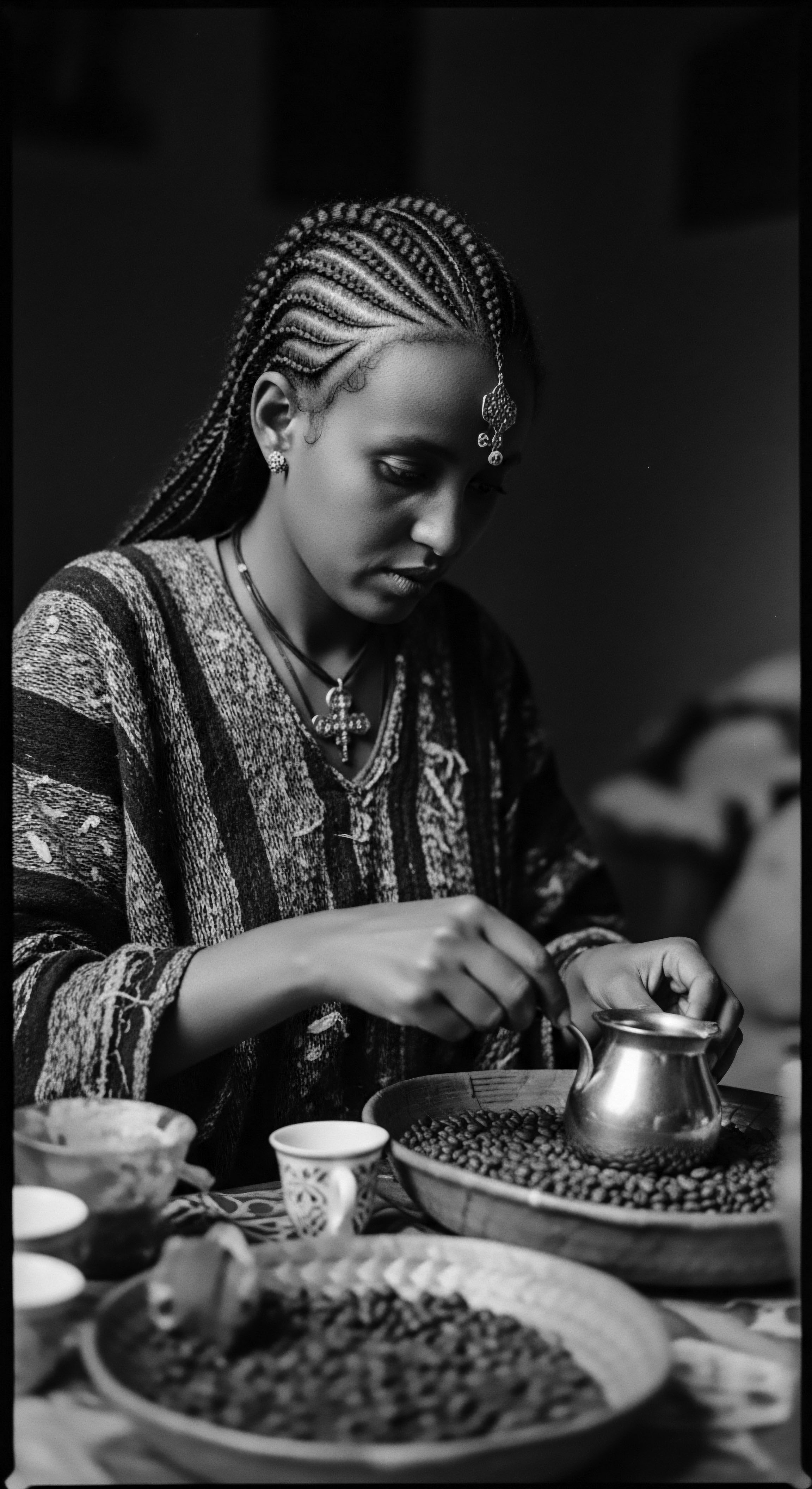
Which traditional oils fortified textured hair in antiquity?
Ancient oils fortified textured hair by sealing moisture and protecting it, echoing a heritage of deep care.

